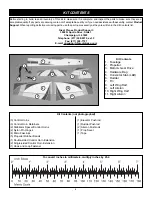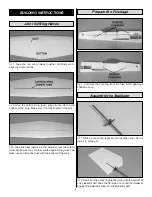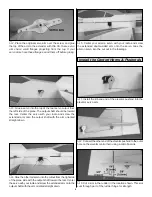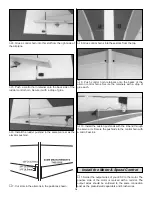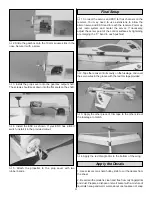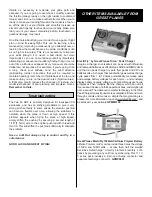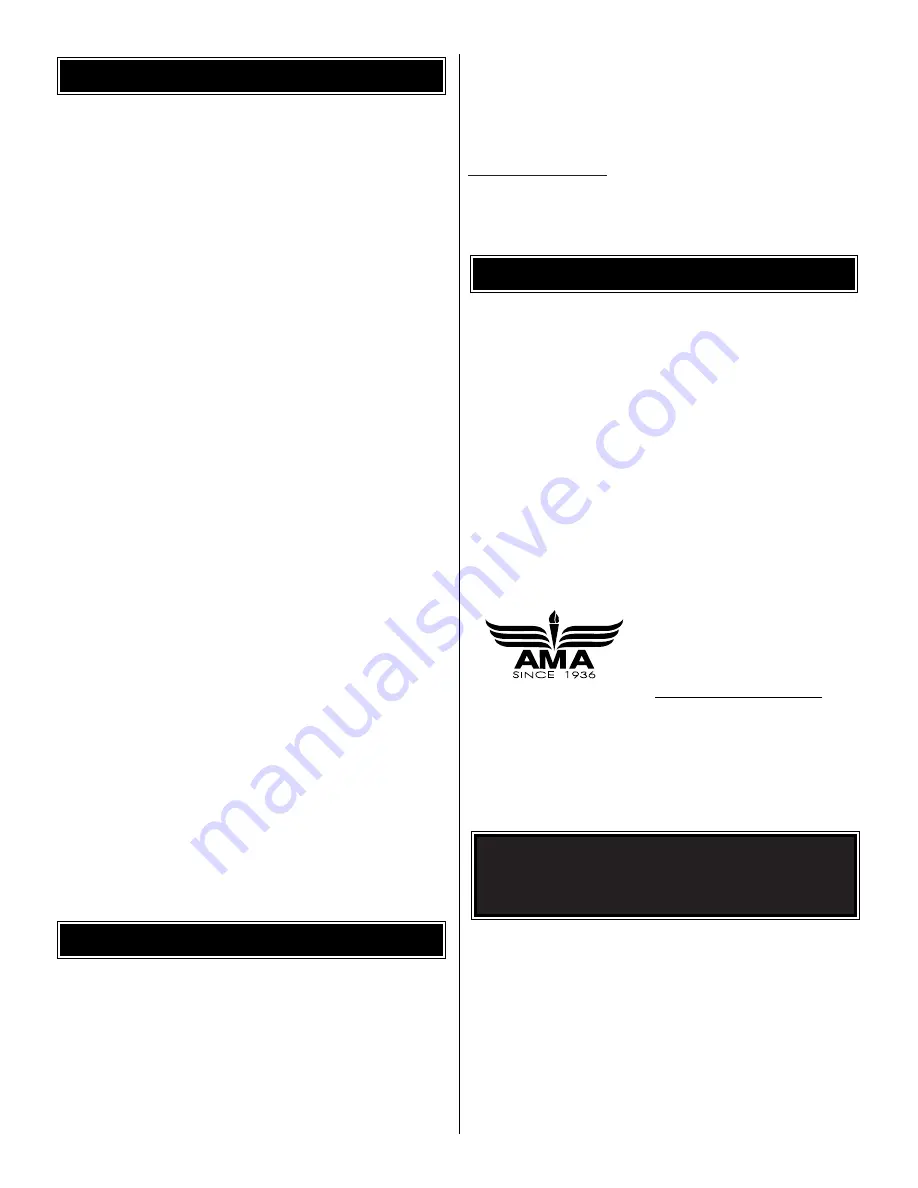
INTRODUCTION ................................................................2
AMA ...................................................................................2
SAFETY PRECAUTIONS ..................................................2
LITHIUM BATTERY HANDLING & USAGE ......................3
ADDITIONAL ITEMS REQUIRED .....................................3
Radio Equipment & Electronics ...................................3
Adhesives & Building Supplies ....................................3
Optional Supplies & Tools ............................................3
IMPORTANT BUILDING NOTES.......................................4
COMMON ABBREVIATIONS ............................................4
ORDERING REPLACEMENT PARTS...............................4
KIT CONTENTS.................................................................5
METRIC/INCH RULER ......................................................5
BUILDING INSTRUCTIONS ..............................................6
Join the Wing Halves ...................................................6
Prepare the Fuselage ..................................................6
Assemble the Stabilator ...............................................6
Assemble the Fin & Rudder.........................................7
Join the Wing to the Fuselage .....................................8
Hinge the Ailerons .......................................................8
Install the Servos .........................................................8
Install the Control Horns & Pushrods ..........................9
Install the Motor & Speed Control .............................10
Final Setup.................................................................11
Apply the Decals........................................................11
GET THE MODEL READY TO FLY..................................12
Check the Control Directions .....................................12
Set the Control Throws ..............................................12
Balance the Model (C.G.) ..........................................12
Balance the Model Laterally ......................................13
PREFLIGHT .....................................................................13
Identify Your Model.....................................................13
Charge the Batteries..................................................13
Balance the Propellers...............................................13
Range Check .............................................................13
MOTOR SAFETY PRECAUTIONS ..................................14
AMA SAFETY CODE (excerpts) ....................................14
CHECK LIST....................................................................14
FLYING.............................................................................15
Launch .......................................................................15
Flight ..........................................................................15
Landing ......................................................................15
Troubleshooting..................................Back Cover Page
The YAK 55 EP 3D ARF is an excellent way to enjoy 3D
aerobatics without the cost and headaches of giant-scale
gasoline-powered models. A couple of hours on the
workbench, and your YAK 55 ARF will be ready to tackle
torque rolls, walls, harriers, high-alpha rolling circles, and
more! This airplane is a virtually unlimited 3D aerobat, but
flying it only involves plugging in the battery, throttling up,
and letting go!
Take care to build straight and true as you complete the
airplane. Misaligned parts will hurt the airplane’s ability to
perform the extreme aerobatics it is designed for.
For the latest technical updates or manual corrections to the
YAK 55 ARF visit the Great Planes web site at
www.greatplanes.com. Open the “Airplanes” link, then select
the YAK 55 ARF. If there is new technical information or changes
to this model a “tech notice” box will appear in the upper left
corner of the page.
We urge you to join the AMA (Academy of Model Aeronautics)
and a local R/C club. The AMA is the governing body of model
aviation and membership is required to fly at AMA clubs.
Though joining the AMA provides many benefits, one of the
primary reasons to join is liability protection. Coverage is not
limited to flying at contests or on the club field. It even applies
to flying at public demonstrations and air shows. Failure to
comply with the Safety Code (excerpts printed in the back of
the manual) may endanger insurance coverage. Additionally,
training programs and instructors are available at AMA club
sites to help you get started the right way. There are over
2,500 AMA chartered clubs across the country. Contact the
AMA at the address or toll-free phone number below:
IMPORTANT!!! Two of the most important things you can
do to preserve the radio controlled aircraft hobby are to
avoid flying near full-scale aircraft and avoid flying near or
over groups of people.
1. Your YAK 55 ARF should not be considered a toy, but
rather a sophisticated, working model that functions very
much like a full-size airplane. Because of its performance
capabilities, the YAK 55 ARF, if not assembled and operated
correctly, could possibly cause injury to yourself or
spectators and damage to property.
2. You must assemble the model according to the
instructions. Do not alter or modify the model, as doing so
may result in an unsafe or unflyable model. In a few cases
PROTECT YOUR MODEL, YOURSELF
& OTHERS...FOLLOW THESE
IMPORTANT SAFETY PRECAUTIONS
Academy of Model Aeronautics
5151 East Memorial Drive
Muncie, IN 47302
Tele: (800) 435-9262
Fax (765) 741-0057
Or via the Internet at:
http://www.modelaircraft.org
AMA
INTRODUCTION
TABLE OF CONTENTS
2





